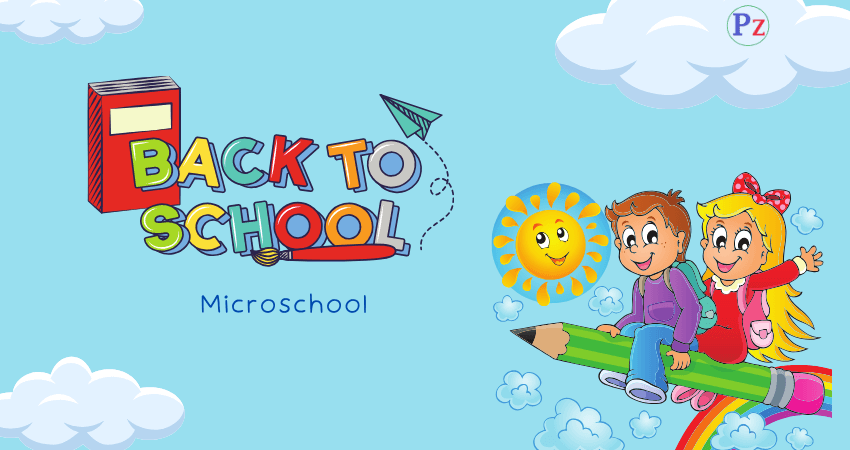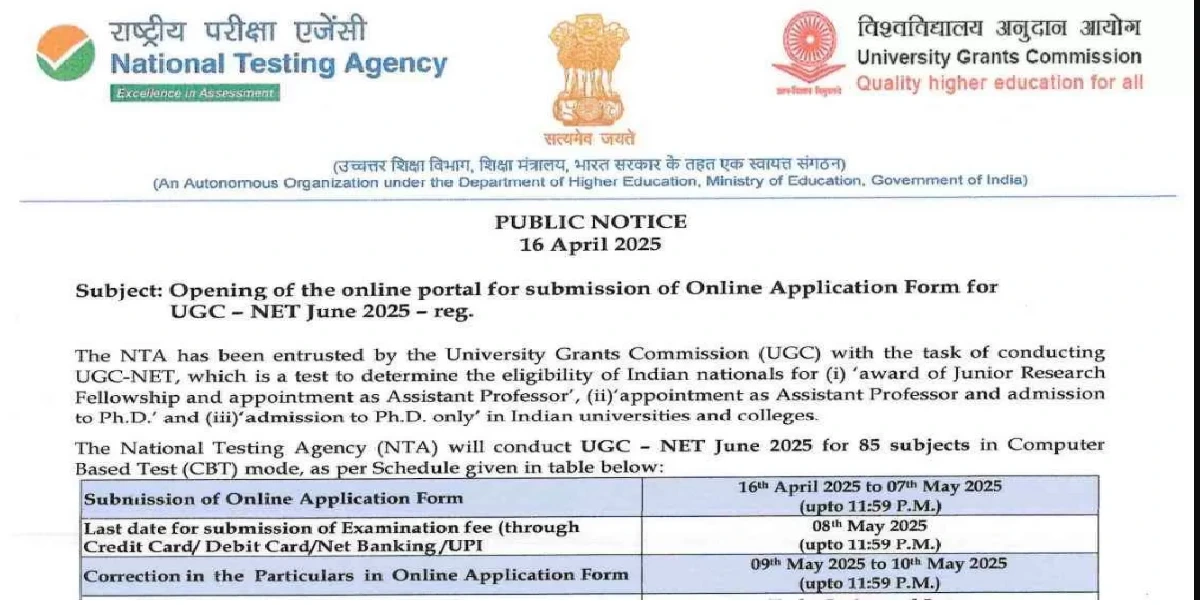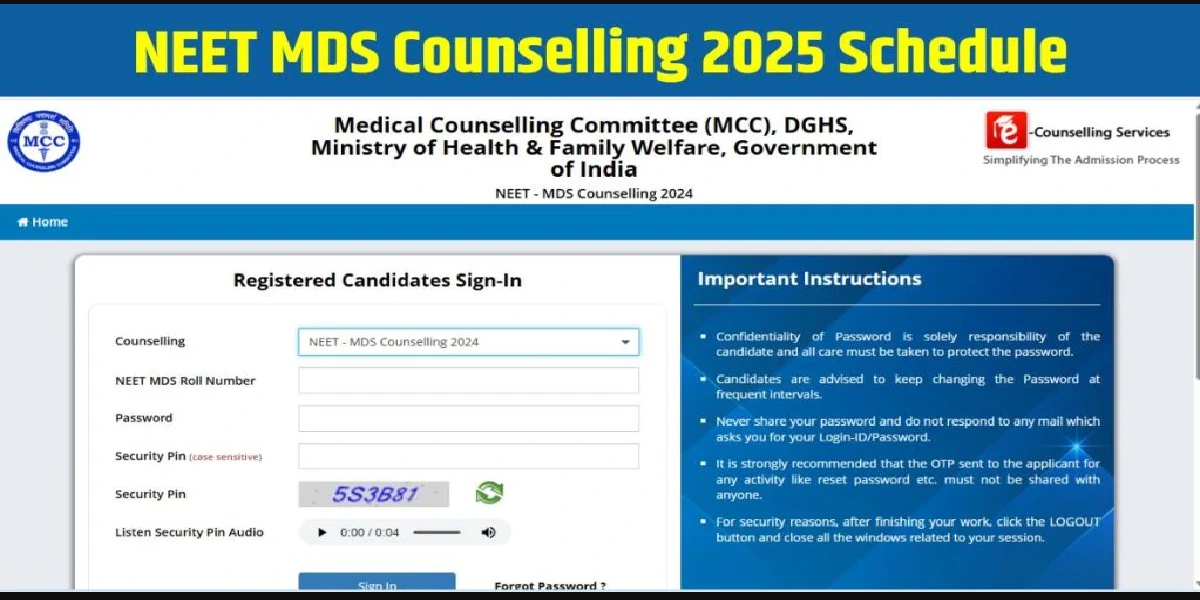Starting a microschool is a unique and personalized journey that allows for creativity and flexibility.

1. Define a Niche or Theme
- Specialized Curriculum: Focus on a specific area like environmental science, arts integration, or bilingual education. Create a microschool that caters to students passionate about this niche.
- Community-Centric: Build the school around the needs of a specific community, such as rural areas, homeschooling networks, or underserved populations.
2. Co-Create with Students and Parents
- Student-Led Vision: Involve potential students in designing the school. Let them contribute to the curriculum, learning environment, and daily routines.
- Parent Partnerships: Engage parents not just as stakeholders but as co-creators, allowing them to contribute to teaching, extracurricular activities, and school governance.
3. Flexible Learning Spaces
- Non-Traditional Venues: Instead of a typical classroom, consider libraries, community centers, parks, or even virtual platforms as learning spaces.
- Pop-Up Classrooms: Rotate learning environments based on the topic or season. For instance, study biology in a local garden or history in a museum.
4. Interdisciplinary and Project-Based Learning
- Real-World Projects: Structure the curriculum around solving real-world problems. Partner with local businesses, non-profits, or government organizations for hands-on learning experiences.
- Interdisciplinary Approach: Break down traditional subject barriers. Teach math through art, or history through science, making learning more integrated and holistic.
5. Personalized Learning Paths
- Customized Learning Plans: Create individualized learning plans for each student based on their interests, strengths, and goals. Use technology to track progress and adjust the curriculum dynamically.
- Mentorship Model: Pair students with mentors who can guide them through their learning journey, offering personalized insights and opportunities.
6. Sustainability and Eco-Conscious Practices
- Green Learning Environment: Incorporate sustainability into the school’s operations. Use renewable energy, encourage zero-waste practices, and integrate environmental education into the curriculum.
- Community Gardens: Start a garden that serves both as a learning tool and a food source for the school, teaching students about agriculture, biology, and sustainability.
7. Leverage Technology Creatively
- Virtual Reality (VR) and Augmented Reality (AR): Use VR/AR to create immersive learning experiences, such as virtual field trips or simulated scientific experiments.
- Global Classroom Connections: Partner with schools or educators in different parts of the world to create a global learning network, allowing students to collaborate on projects across borders.
8. Build a Learning Culture
- Mindfulness and Wellbeing: Integrate practices like meditation, yoga, or emotional intelligence workshops to create a supportive and nurturing learning environment.
- Growth Mindset: Foster a culture where mistakes are seen as learning opportunities, and every student is encouraged to take risks and explore new ideas.
9. Experiment with Governance Models
- Democratic Schooling: Allow students to have a say in school rules, governance, and decision-making processes, empowering them to take ownership of their education.
- Cooperative Structures: Consider a cooperative model where teachers, parents, and students share responsibilities, creating a more collaborative and less hierarchical environment.
10. Plan for Financial Sustainability
- Sliding Scale Tuition: Offer a sliding scale for tuition based on family income, ensuring accessibility while maintaining financial viability.
- Crowdsourcing and Grants: Use platforms like Kickstarter or GoFundMe to raise initial funds, or apply for grants focused on innovative educational models.
Starting a microschool requires vision, creativity, and a willingness to break from traditional educational models. By focusing on personalized, community-driven, and sustainable practices, you can create a microschool that not only educates but also inspires.
Search : microschool near me
| Read More Topics |
| Is rice university an Ivy league? |
| How do you pronounce pedagogy |
| What is post secondary education? |





